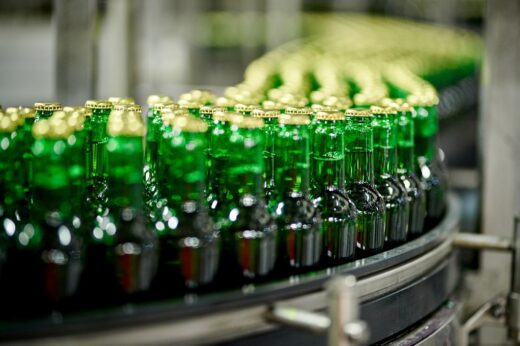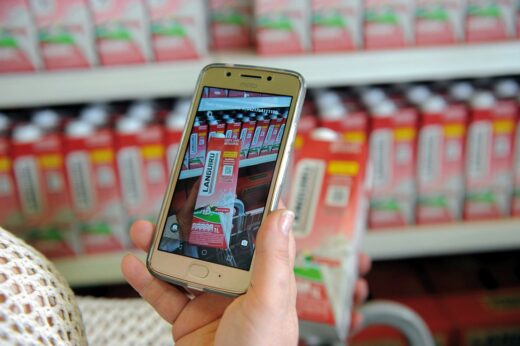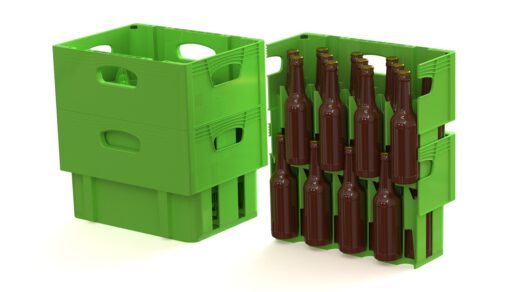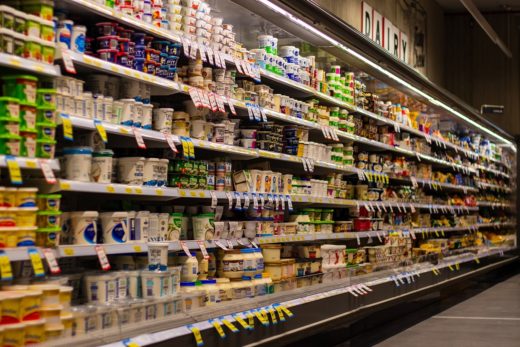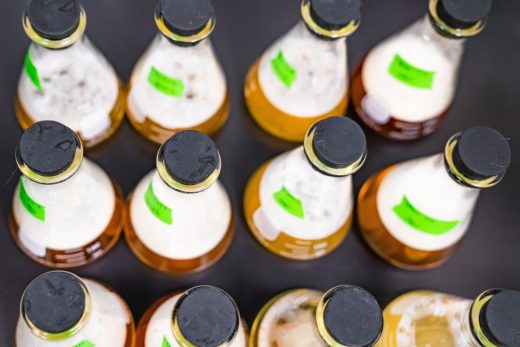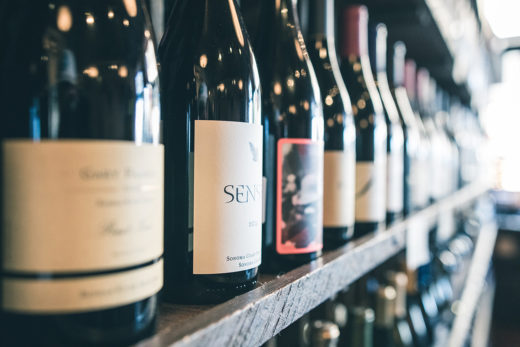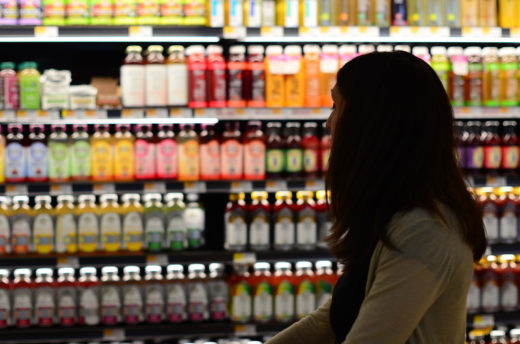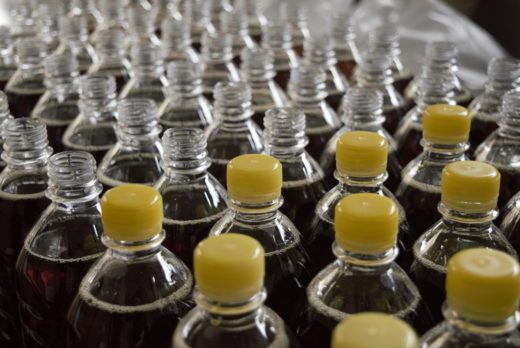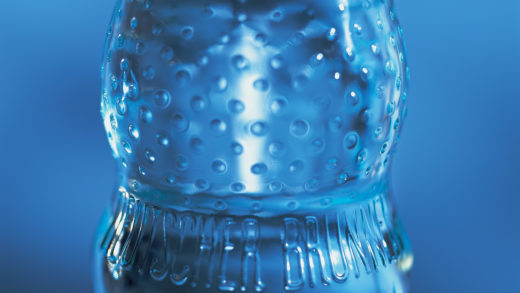Sustainable cap connections in the beverage industry
Sustainability remains at the forefront of the development of glass and PET bottles, drink cartons and cans. The demands placed on packaging by consumers and legislators vary depending on material, but all fall under this overarching, dominant topic. Caps that are firmly attached to the bottle or carton (for single-use plastics), reduced use of material (lightweight glass bottles) and increased use of recycled material (rPET) are important goals, and will continue to be in future. Let’s take a look at current projects.

